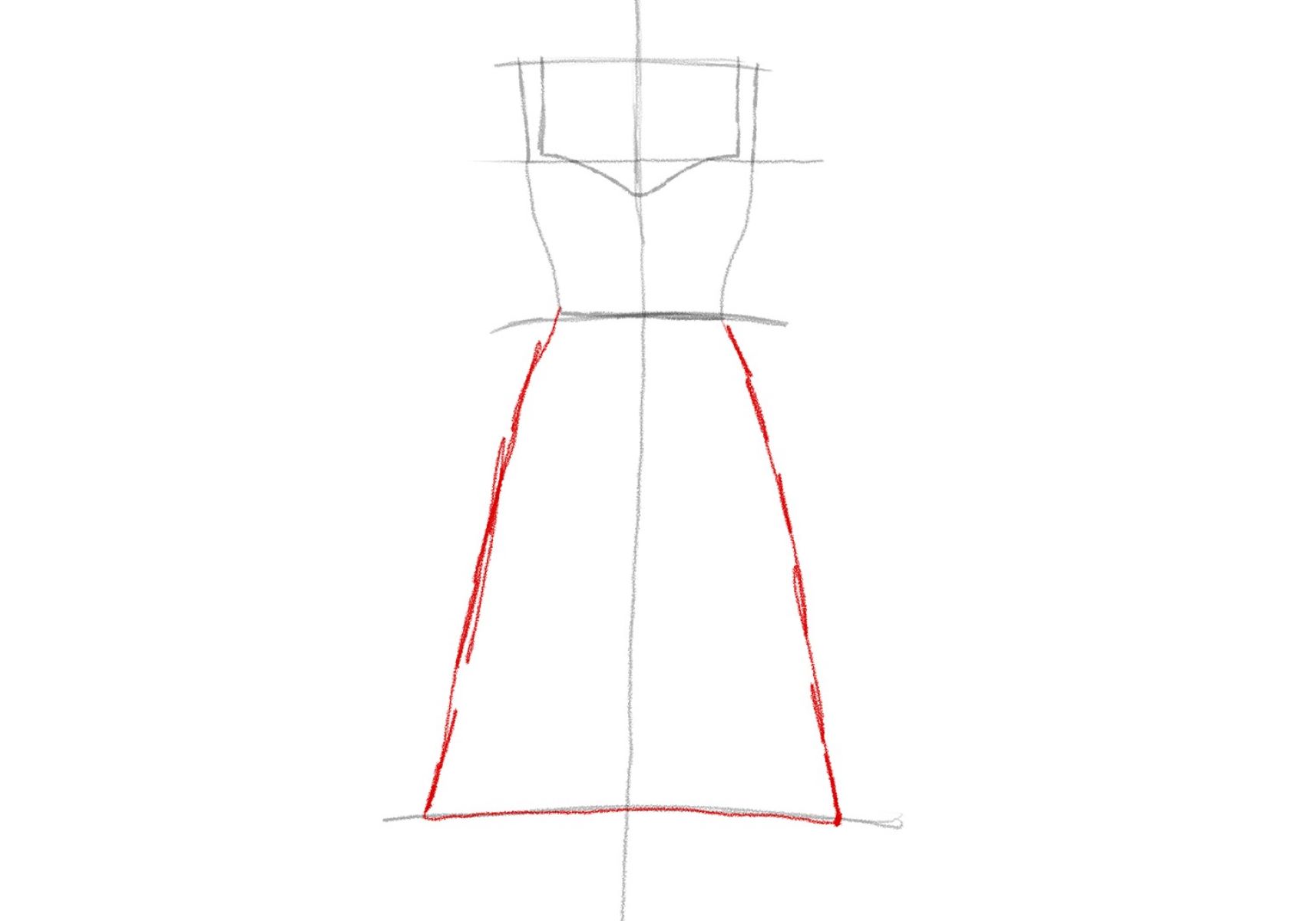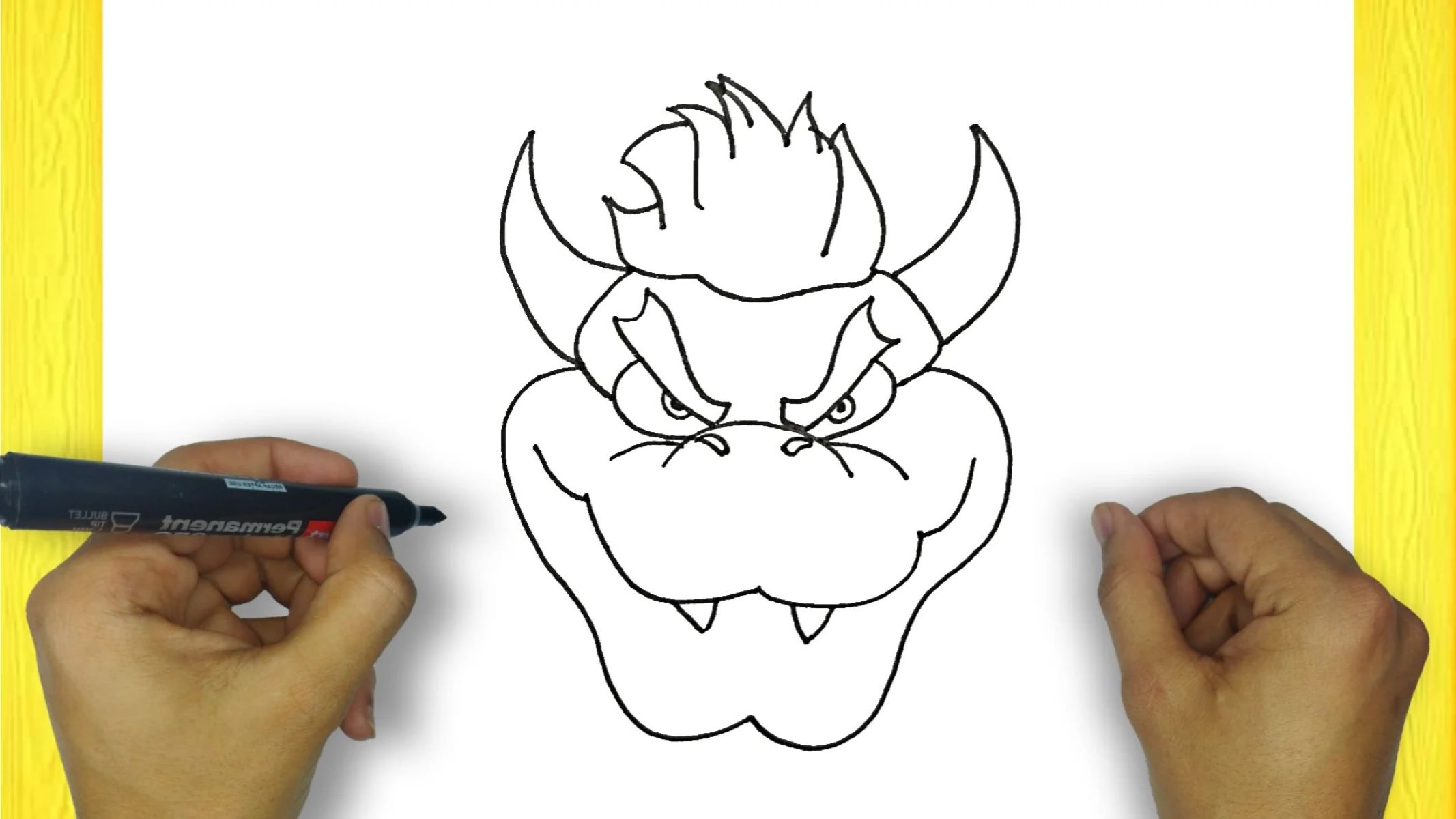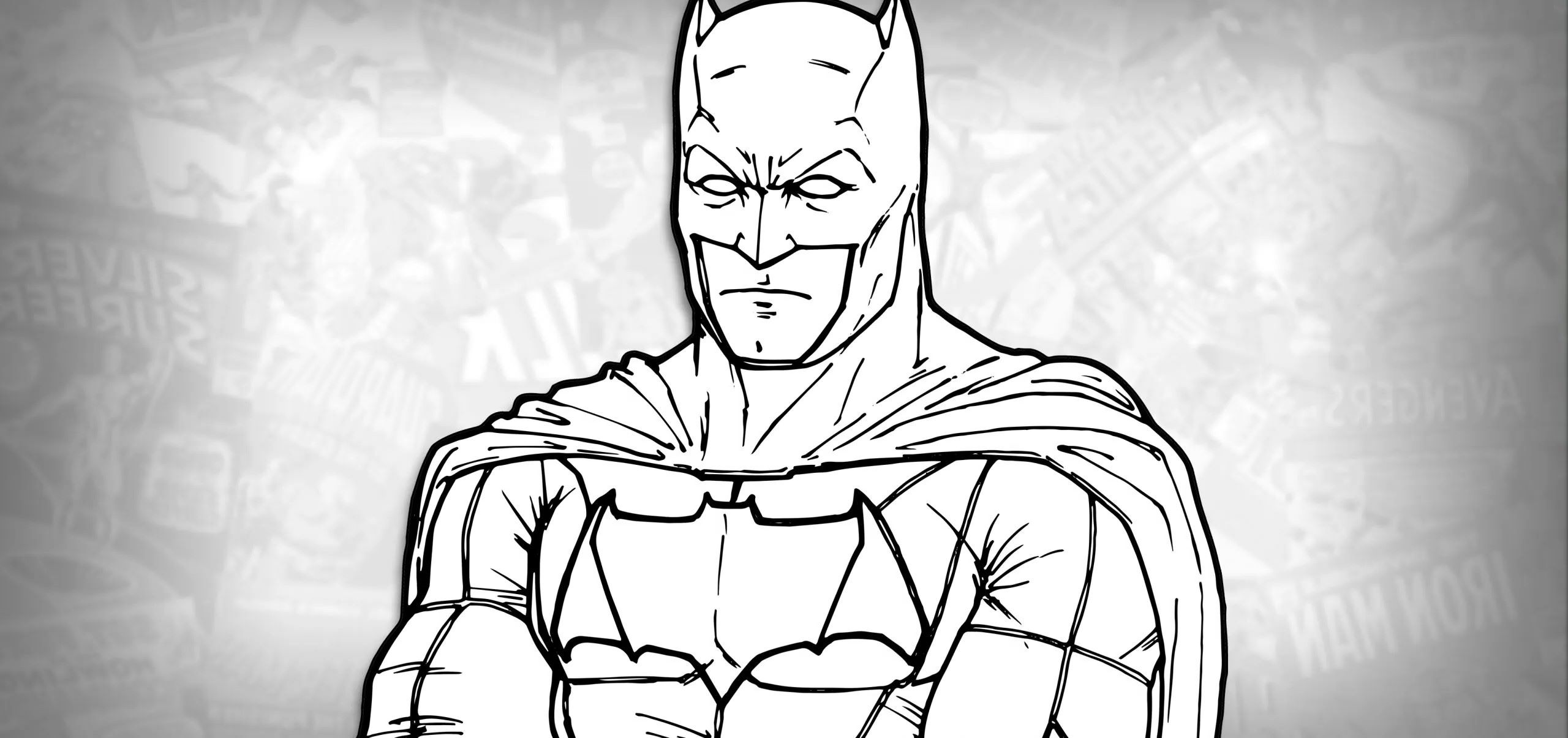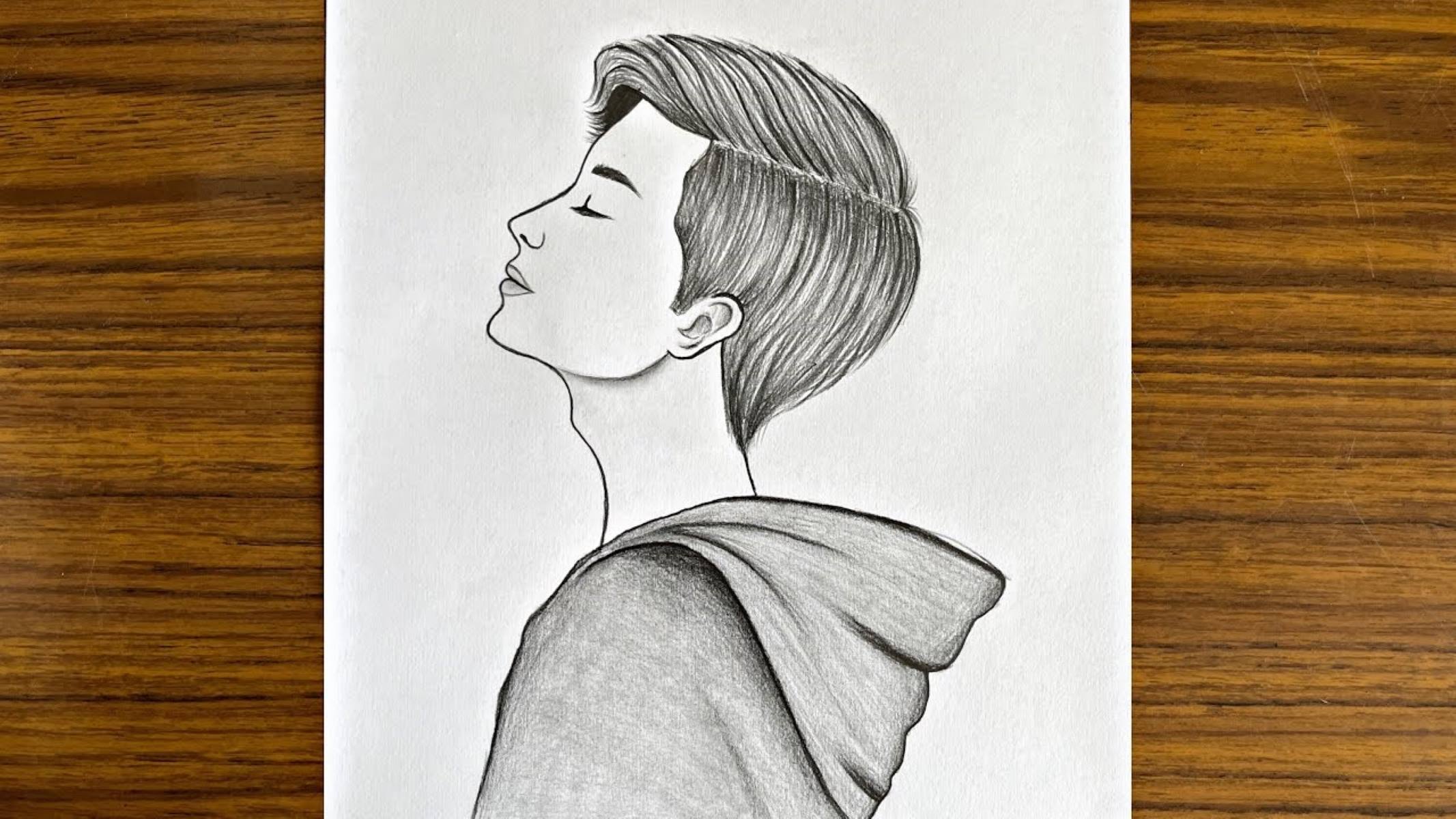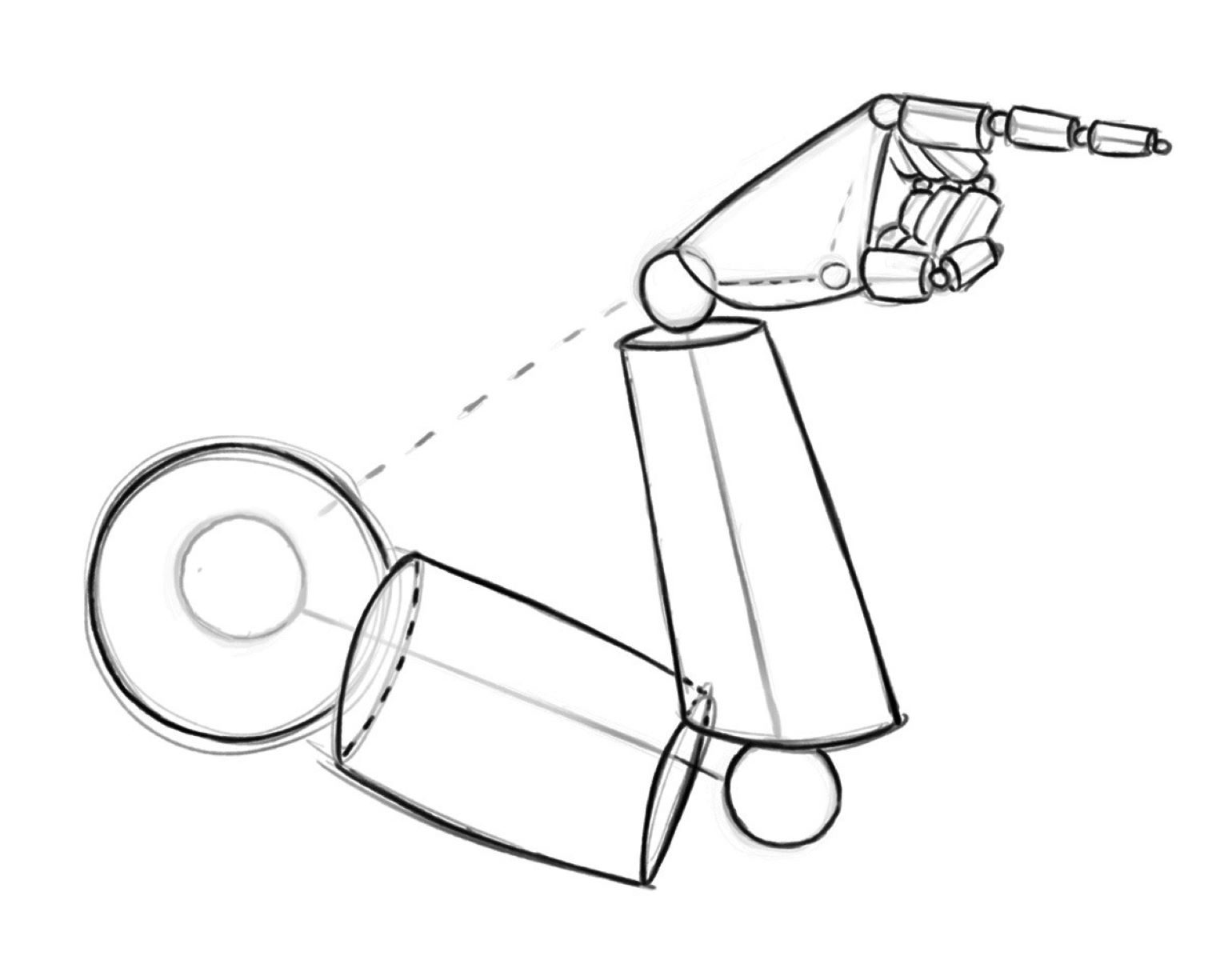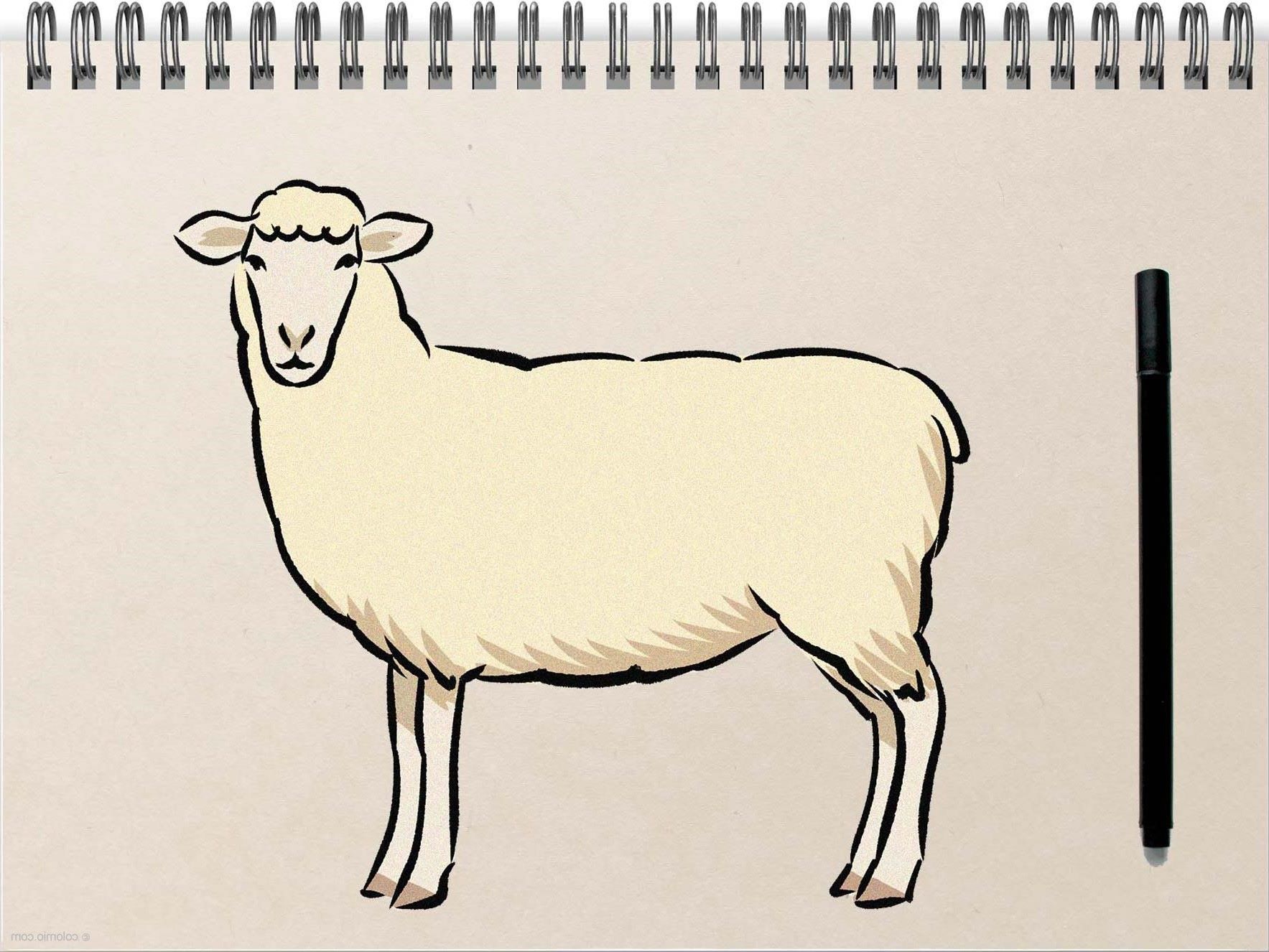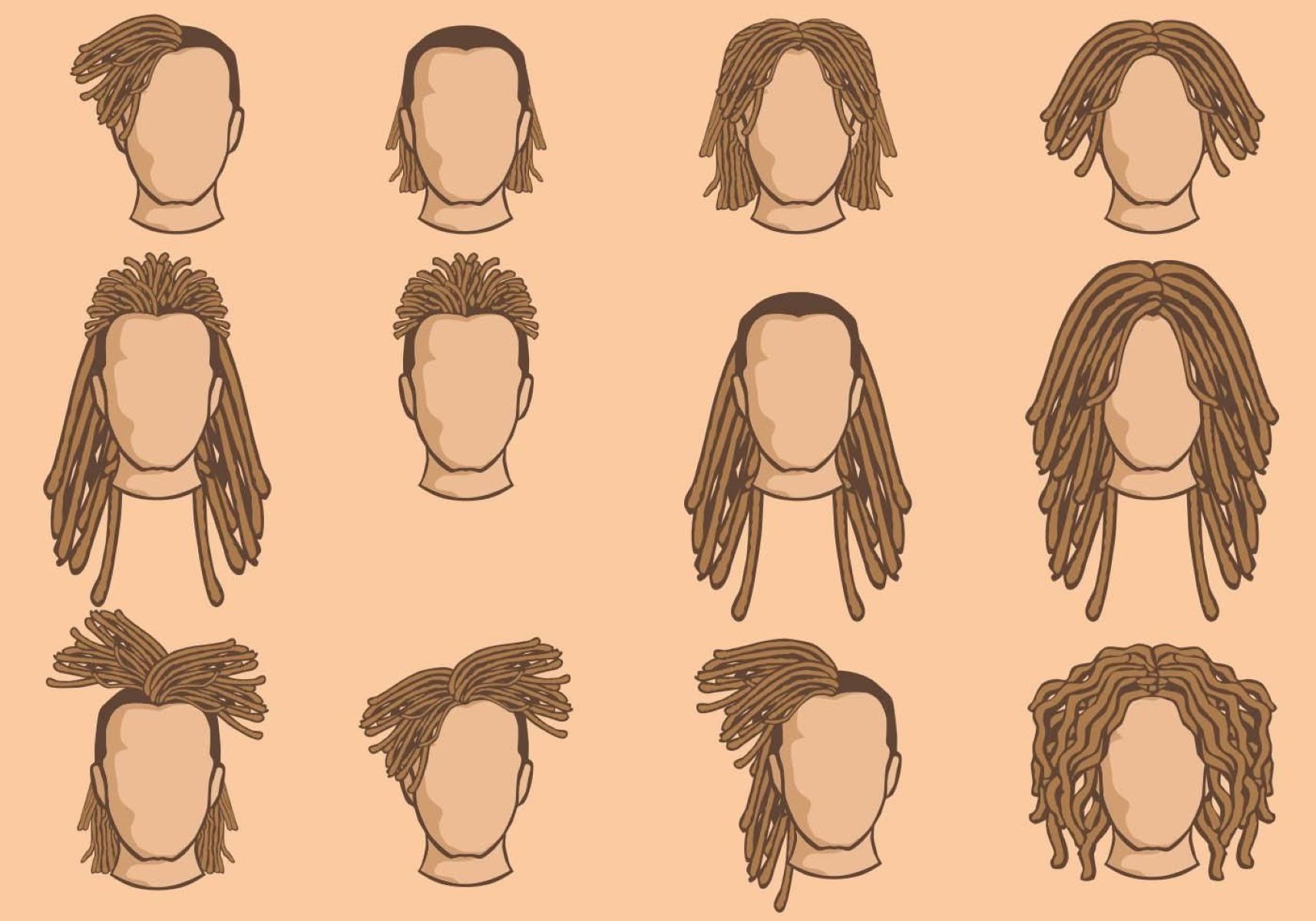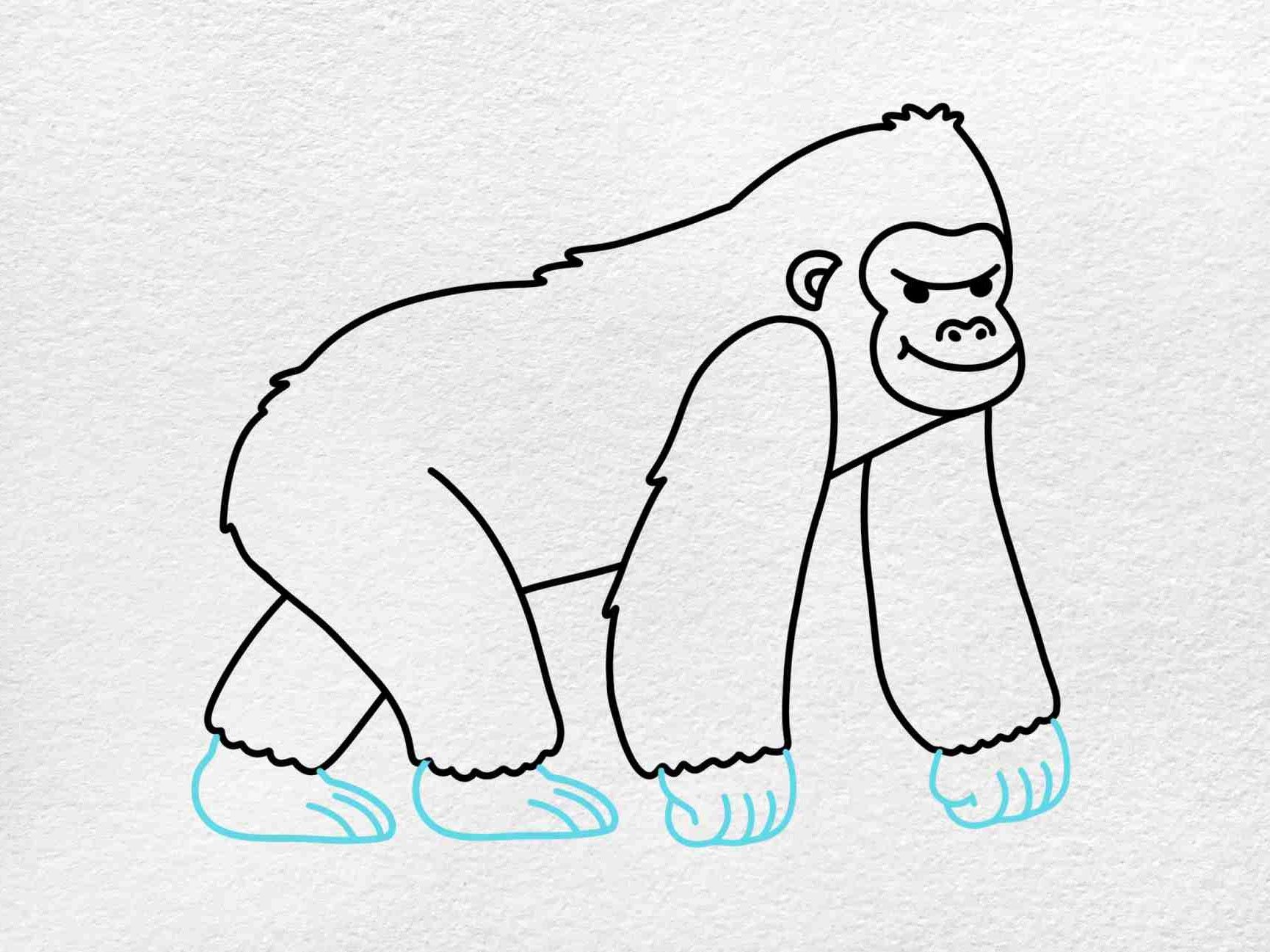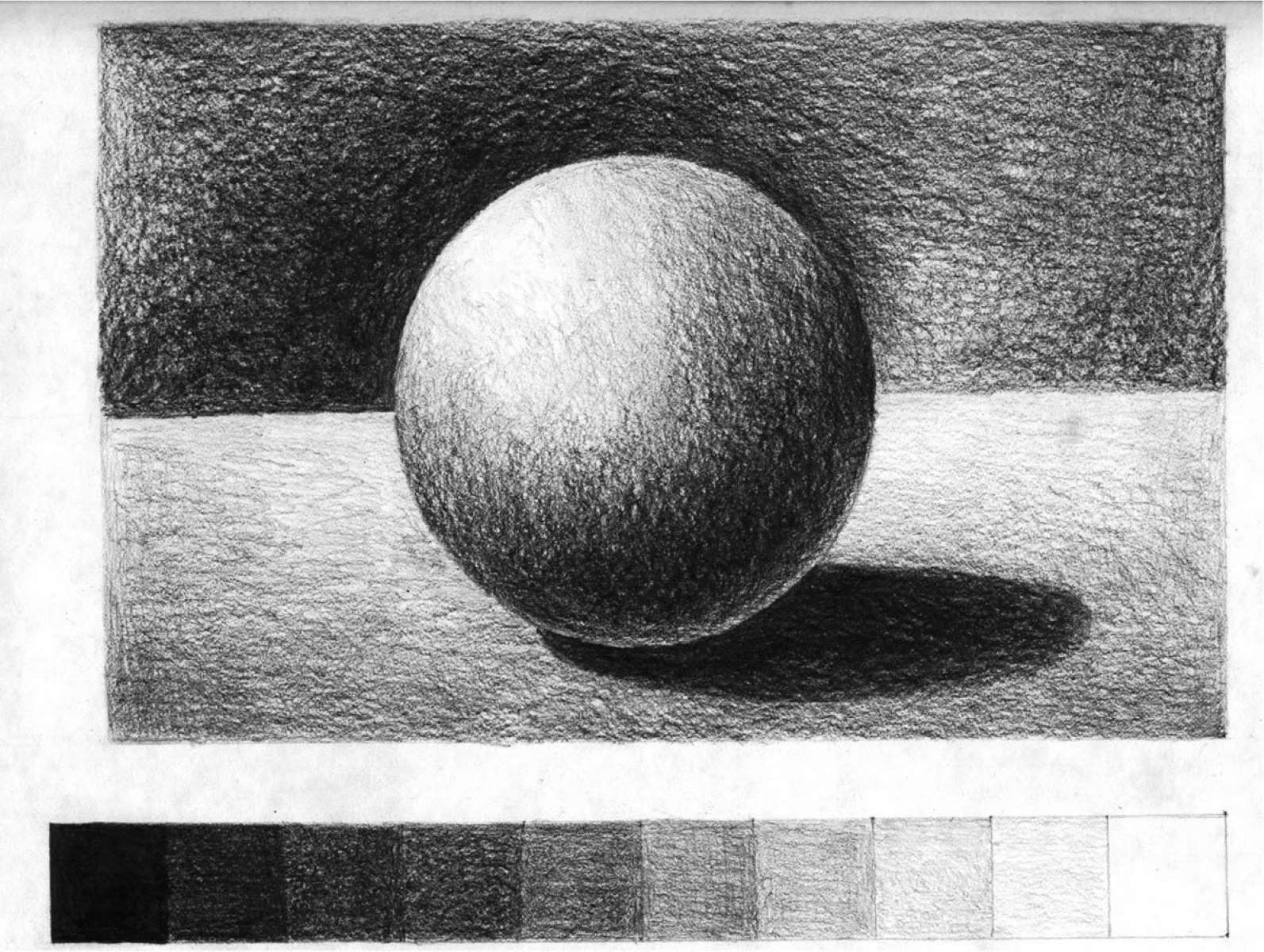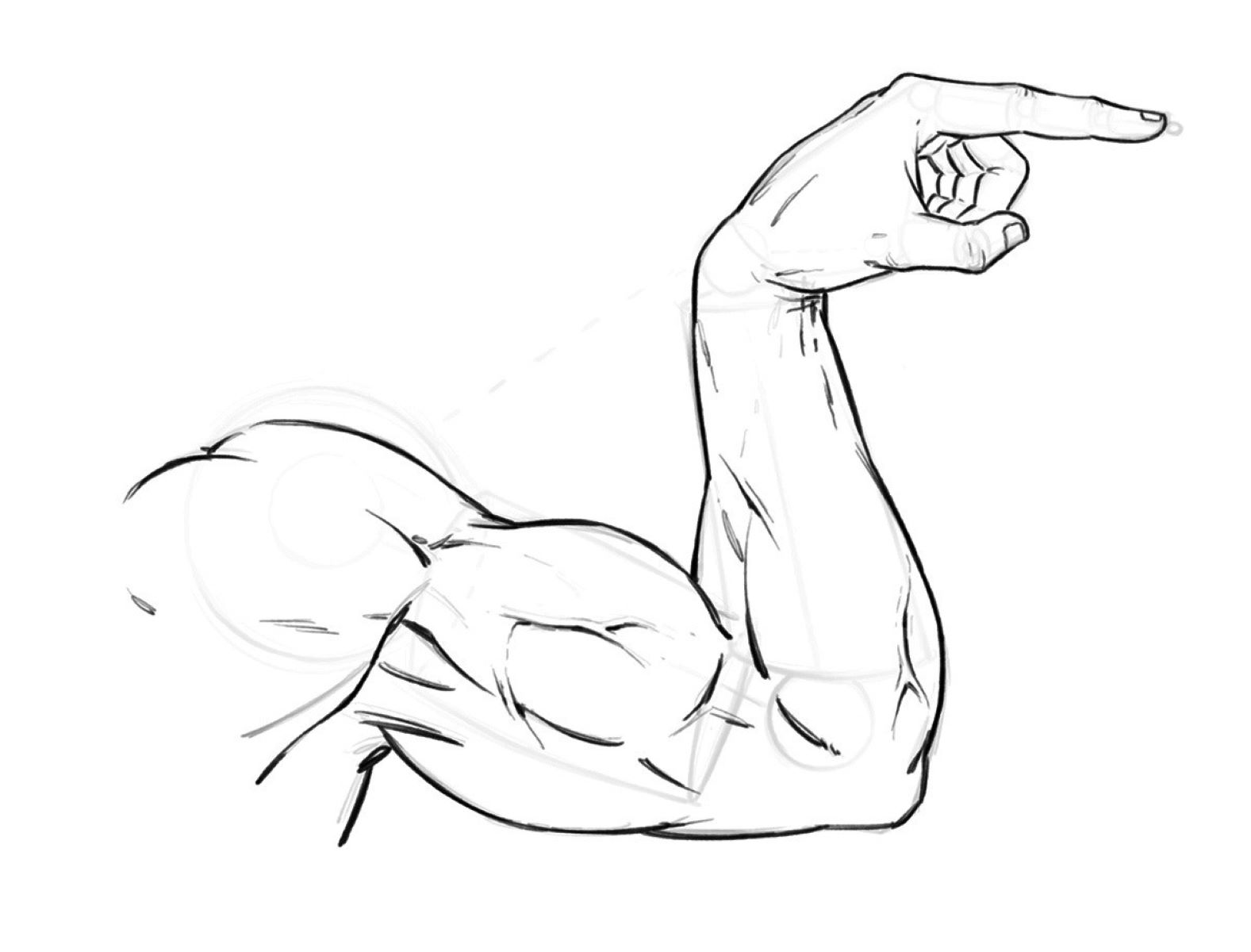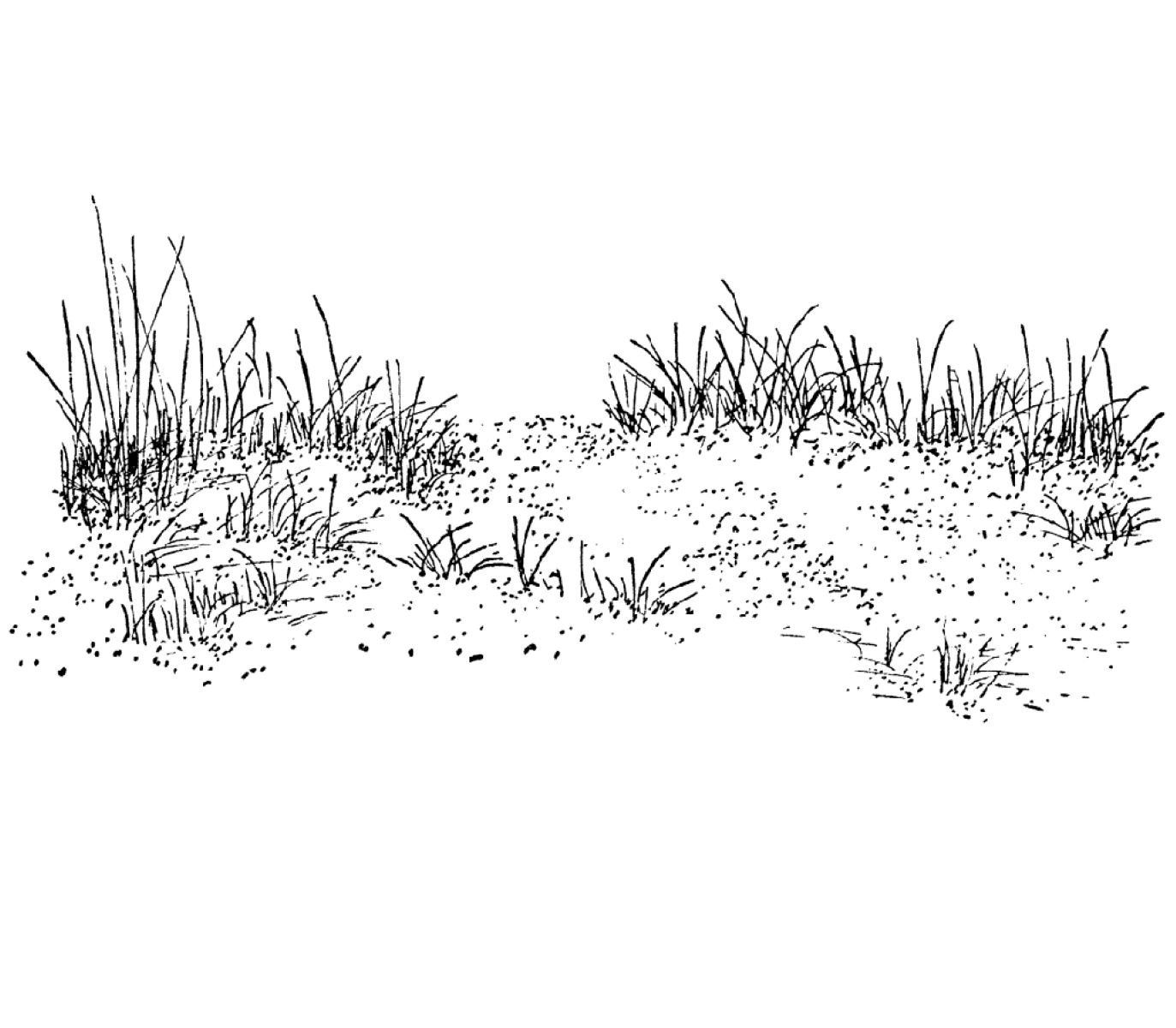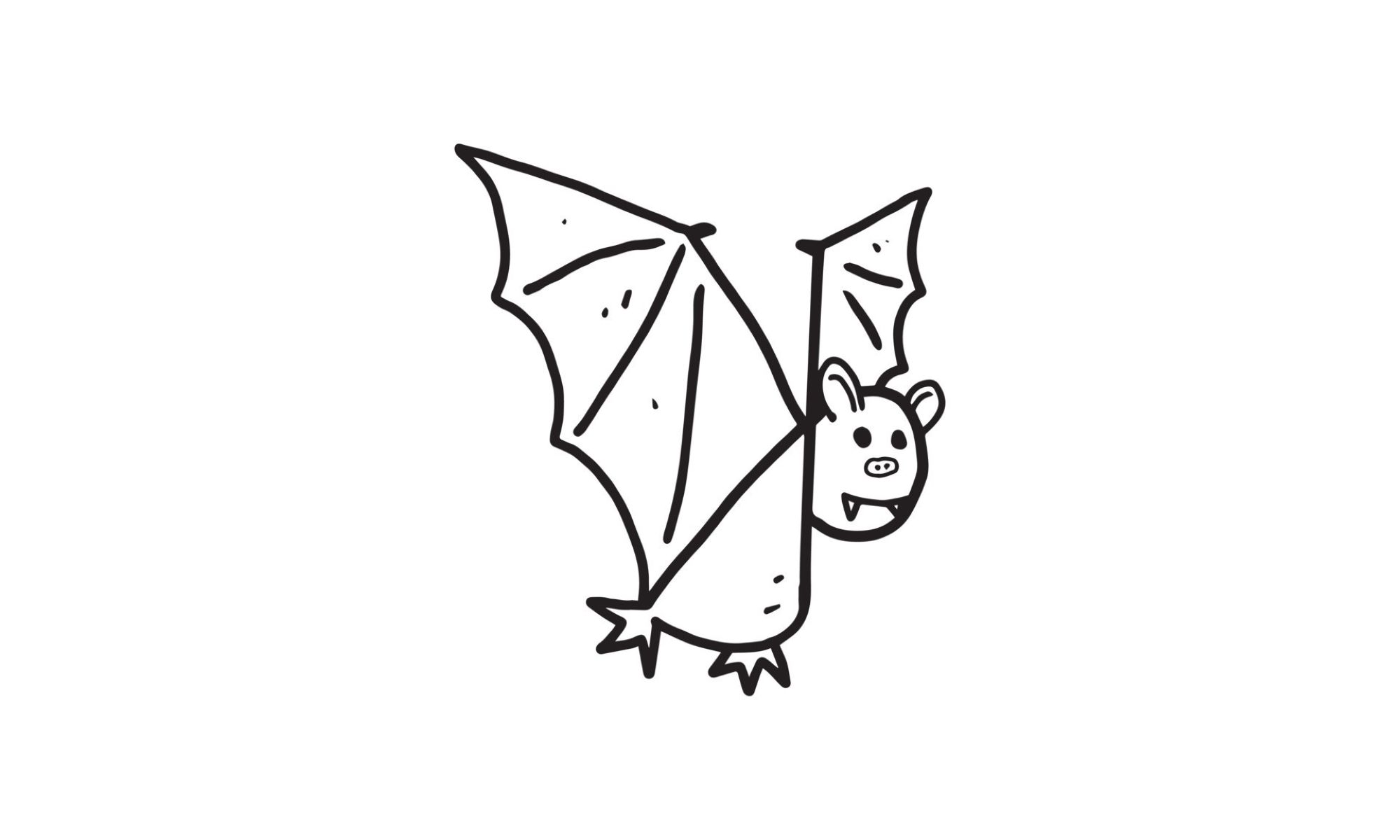Home>Arts and Culture>How To Draw A Dragon
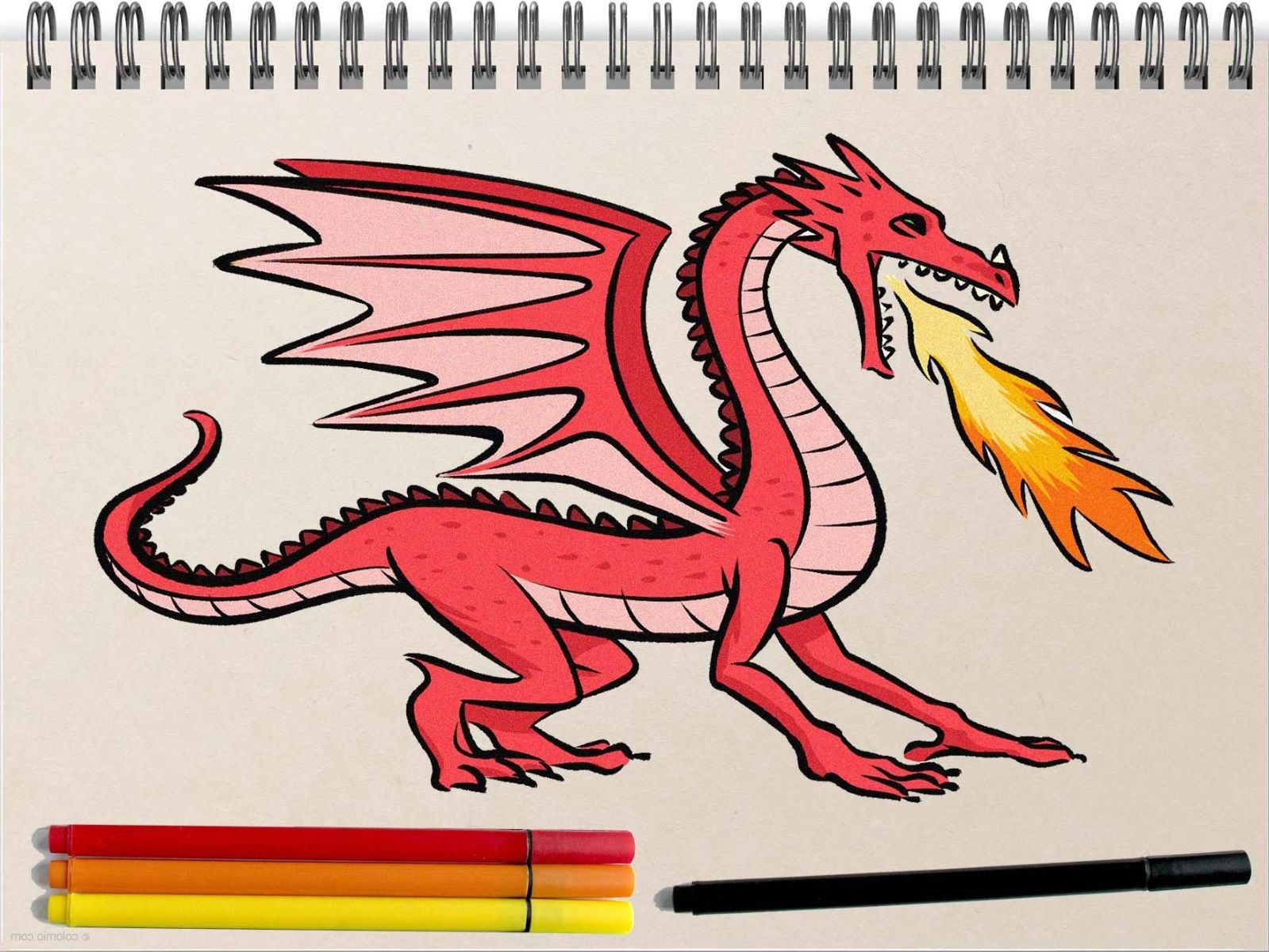

Arts and Culture
How To Draw A Dragon
Modified: March 13, 2024
Learn how to draw a dragon with step-by-step instructions and unleash your creativity in the world of arts and culture. Master the art of dragon drawing today!
(Many of the links in this article redirect to a specific reviewed product. Your purchase of these products through affiliate links helps to generate commission for Regretless.com, at no extra cost. Learn more)
Table of Contents
Introduction
Drawing a dragon can be an exhilarating and imaginative experience, allowing you to bring a mythical creature to life on paper. Whether you're an aspiring artist or simply looking to explore your creative side, mastering the art of drawing a dragon can be a rewarding endeavor. From the intricate details of its scales to the majestic sweep of its wings, each aspect of a dragon offers a unique opportunity for artistic expression.
As you embark on this artistic journey, it's essential to approach the process with an open mind and a willingness to experiment. While there are various interpretations of dragons across different cultures and folklore, this guide will provide a foundational framework for creating your own captivating dragon drawing. By following the step-by-step instructions and embracing your creativity, you'll discover the joy of bringing a legendary creature to life through your artistic vision.
Whether you're sketching with traditional pencil and paper or utilizing digital tools, the process of drawing a dragon offers a chance to hone your artistic skills and unleash your imagination. As you delve into the following steps, remember that there are no strict rules when it comes to portraying a dragon – allow your creativity to guide you and infuse your drawing with a sense of wonder and awe.
Now, let's gather the necessary materials and embark on an artistic adventure as we delve into the captivating world of dragon drawing. Get ready to unleash your creativity and breathe life into a mythical creature that has captured the imagination of people for centuries.
Read more: How To Draw Characters
Materials Needed
To embark on the captivating journey of drawing a dragon, you'll need a few essential materials to bring your artistic vision to life. Here's a list of items that will help you unleash your creativity and capture the essence of this mythical creature:
-
Drawing Paper: Select a high-quality drawing paper that can withstand various drawing techniques and erasures. The paper should provide a smooth surface for your pencil or other drawing tools, allowing you to create intricate details with ease.
-
Pencils: A set of drawing pencils with varying lead hardness (ranging from 2H to 6B) will enable you to achieve different levels of shading and detailing in your dragon drawing. The range of pencil grades will allow you to create both light, delicate lines and bold, dark strokes.
-
Eraser: A soft, kneaded eraser is essential for refining your drawing and making necessary adjustments. It enables you to gently lift graphite from the paper without leaving smudges or damaging the surface, ensuring that your dragon drawing remains clean and precise.
-
Blending Stump: This tool is useful for blending and smudging graphite or charcoal, allowing you to achieve smooth transitions and gradients in your dragon drawing. It's particularly effective for creating realistic textures and shading effects.
-
Reference Images: While imagination plays a crucial role in drawing a dragon, having reference images or illustrations of dragons can provide valuable inspiration and guidance. Whether it's depictions from mythology, fantasy art, or nature, reference images can help you visualize the intricate details and anatomy of a dragon.
-
Drawing Board: Using a drawing board or a firm surface to support your drawing paper will provide stability and prevent the paper from buckling or creasing as you work on your dragon drawing.
-
Optional: Colored Pencils or Markers: If you wish to add color to your dragon drawing, a set of colored pencils or markers can bring vibrancy and depth to your artwork. These tools offer the opportunity to infuse your dragon with unique hues and tones, enhancing its visual impact.
By gathering these materials, you'll be well-equipped to embark on the artistic adventure of drawing a dragon. With these tools at your disposal, you can unleash your creativity and bring forth a captivating portrayal of this legendary creature. Now, let's dive into the step-by-step process of drawing a dragon, where your imagination will intertwine with artistic technique to create a stunning masterpiece.
Step 1: Sketching the Body
The initial step in drawing a dragon involves sketching the basic structure of its body, laying the foundation for the intricate details that will follow. Begin by lightly sketching the primary shapes that will form the dragon's body, such as the torso, limbs, and tail. Consider the pose and posture you envision for your dragon, as this will influence the positioning of its body parts.
As you sketch, focus on capturing the dynamic and sinuous nature of a dragon's form. Whether you envision a sleek and agile dragon or a robust and imposing creature, the initial sketch should convey the overall posture and movement of the dragon. Pay attention to the curvature of the body, the positioning of the limbs, and the flow of the tail, aiming to create a sense of fluidity and grace in the initial sketch.
While maintaining a light touch with your pencil, allow yourself the freedom to experiment with different body proportions and poses. This stage is an opportunity to explore various compositions and refine the overall silhouette of the dragon. By embracing a fluid and exploratory approach to sketching the body, you can lay the groundwork for a compelling and dynamic portrayal of this mythical creature.
As you progress with the body sketch, consider the underlying skeletal structure and musculature that will inform the dragon's anatomy. Visualize how the bones and muscles would influence the contours of the body, lending a sense of realism and depth to your drawing. Pay attention to the placement of joints, the curvature of the spine, and the positioning of the limbs to create a convincing sense of anatomy in your dragon sketch.
Throughout this process, remember that the initial body sketch serves as a flexible framework that can be refined and adjusted as you add more intricate details in the subsequent steps. Embrace the creative freedom to experiment with different body shapes and poses, allowing your imagination to guide the evolution of the dragon's form on the paper.
By dedicating attention to the initial body sketch, you set the stage for infusing your dragon drawing with a sense of movement, strength, and character. As you proceed to the next steps, this foundational sketch will serve as the cornerstone for bringing your dragon to life with captivating details and expressive features.
Step 2: Adding Details
With the foundational body sketch in place, the next step in drawing a dragon involves adding intricate details that define the creature's appearance and character. This phase is where the dragon begins to take shape, as you infuse it with distinctive features and captivating elements that contribute to its mythical allure.
Begin by focusing on the dragon's scales, which are a defining characteristic of its appearance. Whether envisioning a sleek, reptilian texture or rugged, armored scales, carefully consider the distribution and pattern of scales across the dragon's body. Use varying pencil pressures to create depth and dimension, allowing the scales to appear three-dimensional and tactile. Pay attention to the curvature of the body and the play of light and shadow, as these elements contribute to the realistic portrayal of the dragon's scales.
As you progress, delve into the intricate details of the dragon's facial features, such as the eyes, nostrils, and mouth. The eyes, in particular, are a focal point that conveys the dragon's expression and demeanor. Whether depicting fierce, piercing eyes or wise, enigmatic gazes, infuse the eyes with a sense of character and emotion. Consider the shape of the eyes, the positioning of the pupils, and the intensity of the gaze to imbue the dragon with a captivating presence.
Moving on to the dragon's limbs and claws, pay attention to the anatomy and structure of these appendages. Define the musculature and contours of the limbs, emphasizing strength and agility in the dragon's physique. Detail the claws with precision, capturing their sharpness and formidable nature. Consider the positioning of the limbs in relation to the body, ensuring a sense of balance and dynamism in the dragon's stance.
Furthermore, explore the intricacies of the dragon's wings, whether membranous and bat-like or adorned with elaborate patterns. Emphasize the texture and structure of the wings, incorporating subtle details that convey their aerodynamic function and visual appeal. Consider the wing's span and curvature, infusing them with a sense of majesty and power that complements the dragon's overall presence.
Throughout this phase, allow your creativity to flourish as you add details that contribute to the dragon's narrative and personality. Embrace the opportunity to infuse the creature with unique characteristics and visual motifs that resonate with your artistic vision. By meticulously adding details that define the dragon's appearance, you breathe life into this mythical creature, transforming it from a mere sketch into a captivating embodiment of imagination and artistry.
Step 3: Drawing the Wings
Drawing the wings of a dragon is a pivotal stage that infuses the creature with a sense of majesty and grandeur. Whether envisioning expansive, bat-like wings or ethereal, feathered appendages, the intricate details of the wings contribute to the dragon's awe-inspiring presence.
Begin by outlining the basic structure of the wings, considering their size, shape, and positioning in relation to the dragon's body. Visualize the span and curvature of the wings, allowing them to complement the dragon's overall posture and convey a sense of power and grace. Whether the wings are outstretched in a display of dominance or folded in a moment of repose, the initial sketch sets the stage for infusing the wings with captivating details.
As you refine the wing structure, focus on capturing the intricate membrane or feather patterns that define their texture. Whether opting for a leathery, bat-like membrane or a delicate, feathered appearance, pay attention to the flow and arrangement of the wing elements. Use varying pencil pressures to create depth and dimension, allowing the wings to appear dynamic and lifelike.
Emphasize the details of the wing joints and skeletal framework, infusing them with a sense of anatomical realism. Consider the articulation of the wing bones and the webbing or feather attachments, ensuring that the wings convey a convincing sense of functionality and grace. By incorporating these details, you breathe life into the wings, elevating them from mere appendages to captivating features that define the dragon's aerial prowess.
Furthermore, consider the play of light and shadow on the wings, accentuating their three-dimensional form. Use subtle shading and highlighting to create a sense of volume and movement, allowing the wings to exude a captivating presence. Whether depicting the translucency of membranous wings or the iridescence of feathered plumage, the interplay of light and shadow adds depth and visual interest to the wings.
Throughout this process, allow your creativity to guide the evolution of the wings, infusing them with a sense of grandeur and mystique. Embrace the opportunity to add unique embellishments or patterns that reflect the dragon's narrative and character, further enhancing the visual impact of the wings.
As you immerse yourself in drawing the wings, envision the dragon taking flight, its wings outstretched in a display of otherworldly splendor. With each stroke of the pencil, breathe life into the wings, capturing the essence of a mythical creature that has captivated the human imagination for centuries.
Read more: How To Draw A Bike
Step 4: Creating the Head
The head of a dragon serves as a focal point that encapsulates its essence and character, making it a pivotal element in the overall portrayal of this mythical creature. As you embark on the task of creating the dragon's head, you are presented with a canvas to infuse the creature with a captivating expression and a sense of otherworldly allure.
Begin by outlining the basic structure of the dragon's head, considering its proportions in relation to the body and the overall pose of the creature. Visualize the contours of the skull, the placement of the eyes, and the form of the jaw, allowing the initial sketch to capture the dragon's commanding presence. Whether envisioning a fierce and formidable visage or a wise and enigmatic countenance, the initial outline sets the stage for infusing the dragon's head with captivating details.
As you refine the head structure, focus on the intricate details of the dragon's facial features, such as the eyes, nostrils, and mouth. The eyes, in particular, are a focal point that conveys the dragon's expression and demeanor. Whether depicting fierce, piercing eyes or wise, enigmatic gazes, infuse the eyes with a sense of character and emotion. Consider the shape of the eyes, the positioning of the pupils, and the intensity of the gaze to imbue the dragon with a captivating presence.
Furthermore, delve into the details of the dragon's snout and mouth, capturing the nuances of its anatomy and expression. Define the contours of the snout, emphasizing its strength and character. Pay attention to the positioning of the nostrils and the shape of the mouth, allowing these features to contribute to the dragon's overall expression. Whether portraying a menacing snarl or a regal bearing, the intricacies of the snout and mouth add depth and personality to the dragon's head.
Consider the incorporation of horns, frills, or other ornamental features that embellish the dragon's head, further enhancing its visual impact. These embellishments can vary widely, from formidable horns that exude a sense of power to elegant frills that evoke a regal presence. Infuse these details with a sense of dynamism and purpose, ensuring that they harmonize with the dragon's overall design and narrative.
Throughout this process, allow your creativity to flourish as you infuse the dragon's head with unique characteristics and visual motifs that resonate with your artistic vision. By meticulously creating the head of the dragon, you breathe life into this mythical creature, transforming it from a mere sketch into a captivating embodiment of imagination and artistry.
Step 5: Adding the Tail
The tail of a dragon is a defining feature that contributes to the creature's majestic presence and dynamic allure. As you embark on the task of adding the dragon's tail to your drawing, you are presented with an opportunity to infuse the creature with a sense of balance, movement, and visual impact.
Begin by envisioning the curvature and length of the dragon's tail, considering its proportions in relation to the body and the overall pose of the creature. Whether opting for a sinuous and serpentine tail or a robust and muscular appendage, the initial outline sets the stage for infusing the dragon's tail with captivating details. Visualize the flow of the tail, allowing it to complement the dragon's posture and convey a sense of fluidity and grace.
As you refine the tail structure, focus on capturing the intricate details that define its texture and anatomy. Whether adorned with rugged scales, spines, or other ornamental features, the tail presents an opportunity to add visual interest and narrative depth to the dragon's portrayal. Consider the play of light and shadow on the tail, using varying pencil pressures to create depth and dimension, allowing the tail to appear dynamic and lifelike.
Emphasize the musculature and articulation of the tail, infusing it with a sense of strength and agility. Define the contours and segments of the tail, ensuring that it harmonizes with the dragon's overall anatomy and posture. Whether depicting a tapering, pointed tail or a robust, clubbed appendage, the intricacies of the tail add a sense of balance and visual symmetry to the dragon's composition.
Furthermore, consider the incorporation of additional elements such as spikes, barbs, or decorative motifs that embellish the dragon's tail, further enhancing its visual impact. These embellishments can contribute to the dragon's narrative and character, reflecting its mythical nature and captivating allure. Infuse these details with a sense of purpose and dynamism, ensuring that they harmonize with the dragon's overall design and presence.
Throughout this process, allow your creativity to flourish as you add the tail to the dragon, infusing it with unique characteristics and visual motifs that resonate with your artistic vision. By meticulously creating the tail of the dragon, you breathe life into this mythical creature, transforming it from a mere sketch into a captivating embodiment of imagination and artistry.
Step 6: Final Touches
As you approach the final stage of drawing a dragon, the emphasis shifts to refining and enhancing the intricate details that define the creature's presence and narrative. This phase offers an opportunity to elevate your dragon drawing to a new level of visual impact and artistic expression, ensuring that every aspect of the portrayal resonates with captivating allure.
Begin by revisiting the overall composition of the dragon, paying attention to the balance, proportions, and dynamic flow of the creature. Consider the interplay of light and shadow across the dragon's form, using subtle shading and highlighting to create a sense of depth and dimension. Emphasize the contours and musculature of the dragon's body, infusing it with a sense of strength and grace that captivates the viewer's imagination.
Delve into the intricate details of the dragon's scales, refining their texture and arrangement to convey a sense of realism and tactile allure. Whether opting for rugged, armored scales or sleek, reptilian textures, ensure that each scale contributes to the dragon's overall presence, adding depth and visual interest to the creature's portrayal.
Furthermore, focus on the dragon's facial features, infusing them with a sense of character and expression. Refine the eyes to convey a captivating gaze that resonates with emotion and narrative depth. Pay attention to the nuances of the snout, mouth, and ornamental features, ensuring that they harmonize with the dragon's overall demeanor and narrative significance.
Consider the incorporation of subtle details such as wisps of breath, atmospheric effects, or environmental elements that enhance the dragon's presence and storytelling impact. Whether depicting the dragon in flight, amidst a fantastical landscape, or in a moment of quiet contemplation, these final touches contribute to the overall narrative and visual allure of the creature.
As you immerse yourself in the final touches, allow your creativity to guide the evolution of the dragon, infusing it with a sense of wonder and enchantment. Embrace the opportunity to refine every aspect of the creature's portrayal, ensuring that each detail contributes to a cohesive and captivating depiction of this mythical being.
With each stroke of the pencil and every nuanced detail, breathe life into the dragon, transforming it from a mere drawing into a captivating embodiment of imagination and artistry. As you apply the final touches, revel in the culmination of your artistic journey, knowing that you have brought forth a mythical creature that captivates and inspires.
Conclusion
In conclusion, the process of drawing a dragon is a captivating artistic endeavor that allows for the fusion of imagination, creativity, and technical skill. From the initial sketch of the dragon's body to the final touches that imbue the creature with captivating allure, each step in the drawing process offers an opportunity for artistic expression and narrative depth.
As artists embark on the journey of drawing a dragon, they are presented with a canvas to unleash their creativity and breathe life into a mythical creature that has captured the human imagination for centuries. The intricate details of the dragon's scales, wings, head, and tail serve as a testament to the artist's ability to infuse a two-dimensional drawing with depth, character, and visual impact.
Throughout the process, artists are encouraged to embrace a fluid and exploratory approach, allowing their imagination to guide the evolution of the dragon's form on the paper. Whether envisioning a fierce and formidable dragon, a wise and enigmatic creature, or a majestic being taking flight, the drawing process offers a space for artists to convey their unique interpretation of this legendary creature.
Moreover, drawing a dragon provides an avenue for artists to hone their technical skills, from mastering the intricacies of anatomy and musculature to capturing the interplay of light and shadow that brings the dragon to life. The process encourages artists to experiment with different textures, compositions, and visual motifs, fostering a sense of artistic growth and exploration.
Ultimately, the act of drawing a dragon transcends the mere depiction of a mythical creature; it becomes a testament to the artist's ability to evoke emotion, narrative depth, and visual allure through their creative expression. As the final touches are applied, the dragon emerges as a captivating embodiment of imagination and artistry, resonating with a sense of wonder and enchantment.
In essence, the process of drawing a dragon is a testament to the enduring power of art to transport viewers to realms of fantasy and awe. It is a celebration of creativity, skill, and the boundless potential of artistic expression, inviting both artists and viewers to immerse themselves in the captivating world of mythical creatures and imaginative storytelling.
